Need advice re Scarlet Oak tree
jacqueline9CA
8 years ago
Featured Answer
Sort by:Oldest
Comments (28)
Toronado3800 Zone 6 St Louis
8 years agowisconsitom
8 years agoRelated Discussions
Advice needed on Oak tree pruning
Comments (1)The reason your post hasn't had any responses is because it's posted in this relatively obscure subforum. You might want to repost in the main Trees Forum. Considering the serious damage done to the trunk of your tree, I'd probably consider replacement....See MoreQuercus coccinea, scarlet oak, growth rate
Comments (67)Hey guys, I hope I am not in trouble here. My oak has grown maybe a few inches since I planted it. My first bat of fall colors last year lasted only a couple of days which was disappointing. I know these trees can start very slowly but I noticed something a little alarming - the original trunk is not branching out and the plant is suckering. It seems that this is probably indicative of stress. My question is should I just pay more attention to it by keeping it hydrated and keeping the area weed free or is my tree in serious trouble at this point? I let myself get too busy to keep an eye on it but we didn't experience any significant droughts in my area....See MoreNeed Advice for My Sprouting Oak Trees
Comments (5)Thanks. 1) Regarding planting them vs. keeping them in the containers - especially keeping them in the containers until fall, do I need to be worried about the roots crowding and the taproot in particular not being able to extend far enough down? Again, their planted in about 9 inches of good soil in the containers. I was of the understanding that the tap root will keep shooting down a couple of feet, at least. Also the sun is a bit of a worry, it is going to be hot and sunny here in Nashville this summer. 2) What is "hardening off?" 3) Finally, the acorn on a couple of these is sitting right at soil level - mostly exposed. And the acorn is totally buried on a couple of them. Do I need to cover or uncover the acorns to ensure optimal growth?...See MoreScarlet oak versus northern red oak
Comments (22)Sorta on topic: IMO you should plan for 100 years or so out of your residence. Sure some homes in the city are older but most are in ridiculously bad shape or have been rehabbed extensively. My home was one of the first siding and wood subdivision rectangles. It is 67 years old and doing ok. Many others in the area are slightly newer but not quite right due to human neglect though. Another thirty years and its empty lot near derelict home time. And yeah, I know with maintenance homes can last longer. My neighbor helped rebuild this plantation home across the street. IMO if it was not a commercial venture it would have been time to let it fall. Amazing the problems in the nicest of homes from 1850....See Morejacqueline9CA
8 years agojacqueline9CA
8 years agobengz6westmd
8 years agowisconsitom
8 years agoToronado3800 Zone 6 St Louis
8 years agowisconsitom
8 years agojacqueline9CA
8 years agowisconsitom
8 years agobengz6westmd
8 years agolast modified: 8 years agowisconsitom
8 years agobrandon7 TN_zone7
8 years agojacqueline9CA
8 years agoToronado3800 Zone 6 St Louis
8 years agobrandon7 TN_zone7
8 years agowisconsitom
8 years agojacqueline9CA
8 years agoHuggorm
8 years agojacqueline9CA
8 years agowisconsitom
8 years agojacqueline9CA
8 years agowisconsitom
8 years agojacqueline9CA
8 years agowisconsitom
8 years agobengz6westmd
8 years agojacqueline9CA
8 years ago
Related Stories
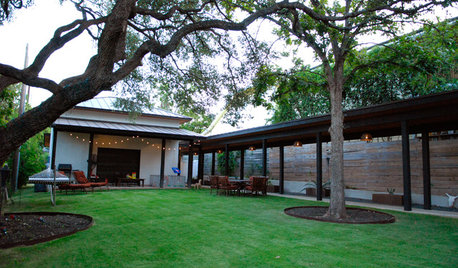
TREESHow to Protect Your Trees When You’re Remodeling or Building
Will your home be undergoing construction this year? Be sure to safeguard your landscape’s valuable trees
Full Story
DECORATING GUIDES10 Design Tips Learned From the Worst Advice Ever
If these Houzzers’ tales don’t bolster the courage of your design convictions, nothing will
Full Story
REMODELING GUIDES10 Signs You’re in the Middle of a Renovation
A renovation project allows you to choose every last detail for your home, but decision making can quickly go from ‘Ooooh’ to ‘Argh!’
Full Story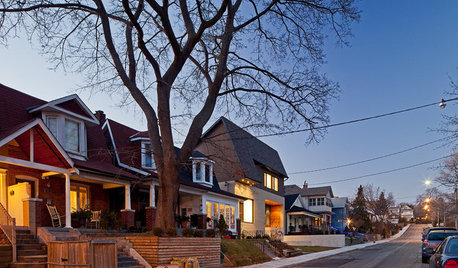
LIFE10 Ways to Keep Your Home Safe While You're Traveling
Set off on your trip with peace of mind, knowing you've taken the right steps toward keeping your home secure
Full Story
LANDSCAPE DESIGN7 Great Trees for Summer Shade and Fall Color
These landscape-pro faves straddle the seasons beautifully. Could one enhance your own yard?
Full Story
FALL GARDENING6 Trees You'll Fall For
Don’t put down that spade! Autumn is the perfect time for planting these trees
Full Story
ARBOR DAY8 Reasons to Plant a Great Tree
Beauty is its own reward, but the benefits of planting the right tree in the right place go way beyond looks
Full Story
FALL GARDENING11 Trees for Brilliant Fall Color
Give your landscape the quintessential look of autumn with the red, orange and yellow leaves of these standouts
Full Story
EDIBLE GARDENSHow to Add an Apple Tree to Your Edible Garden
Readily available, beautiful and fragrant, apple trees offer four-season interest along with crisp, juicy fruit
Full Story
GARDENING GUIDESWhen and How to Plant a Tree, and Why You Should
Trees add beauty while benefiting the environment. Learn the right way to plant one
Full Story


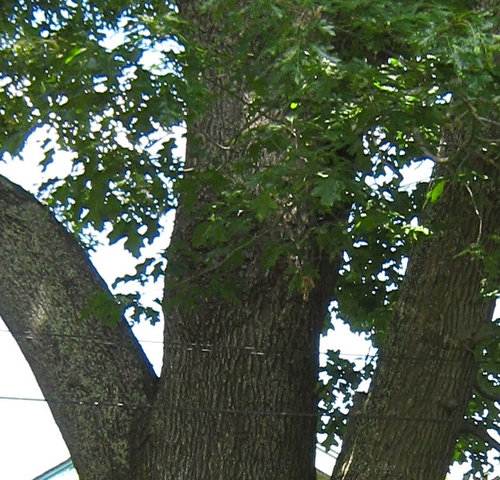
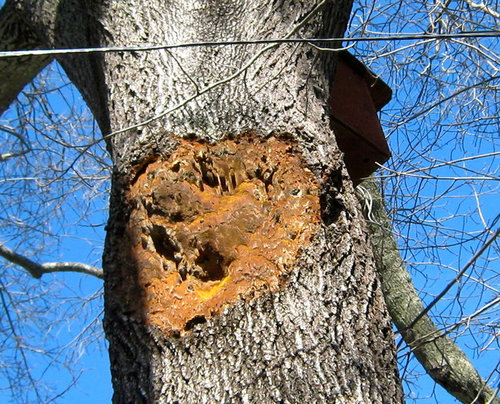
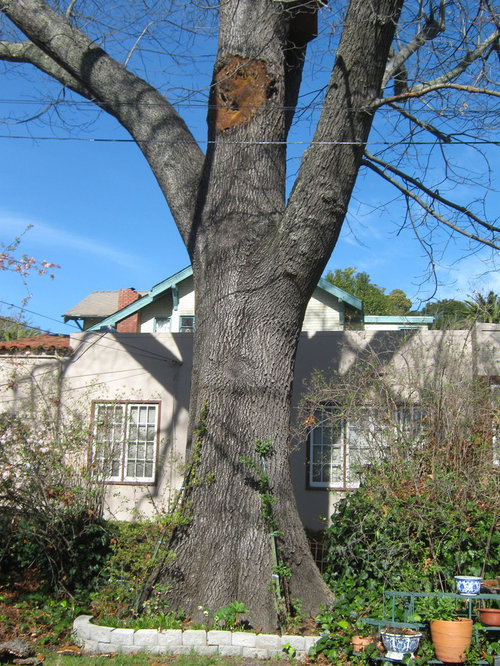
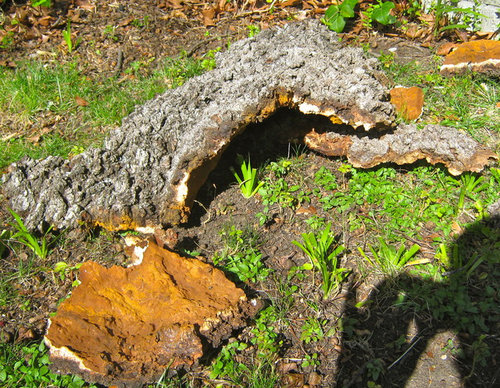
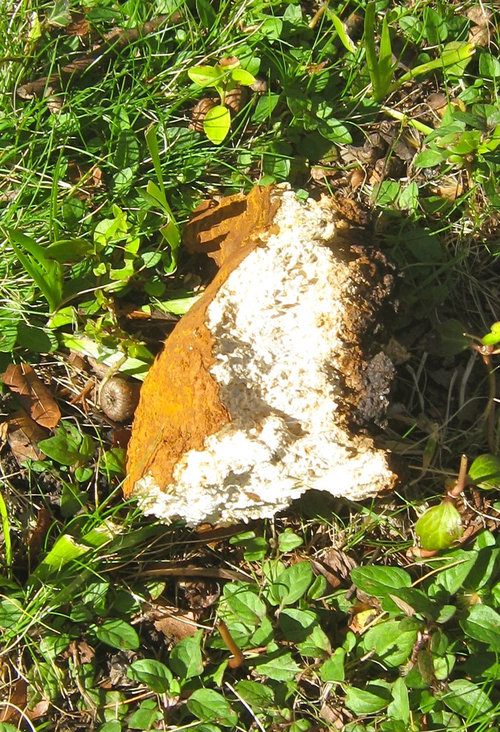
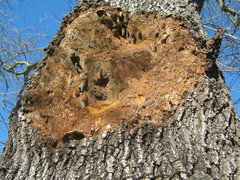
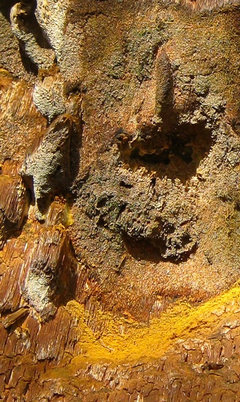
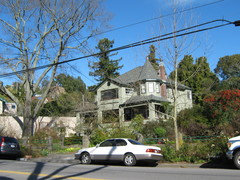
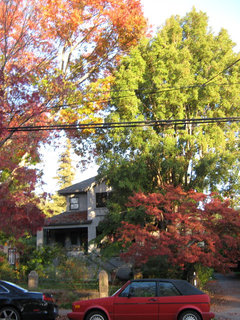
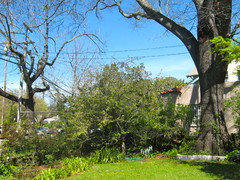
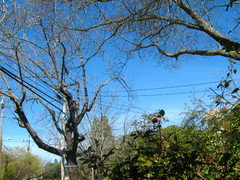


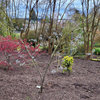
wisconsitom